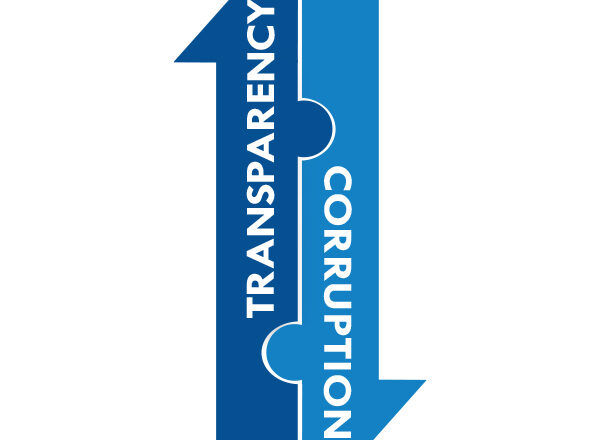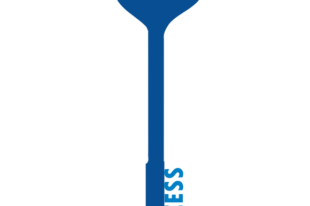The analysis confirmed SAIs are principal agencies in promoting transparency and combating corruption and points to continued emphasis on auditors to identify corrupt practices and fraud indicators.
by Dr. Sutthi Suntharanurak, Pitikhun Nilthanom, Pattarawarin Boonchoo, Sutthida Paiboon, Pimlapas Somla & Phongsawat Maneewong, State Audit Office of the Kingdom of Thailand
Supreme Audit Institutions (SAIs) play a vital role in oversight by promoting transparency, verifying government account accuracy and reliability, evaluating spending compliance, assessing such spending’s efficiency and effectiveness, and supporting the fight against corruption.
This article explores the relationship between transparency and factors relevant to its encouragement. For this study, data was obtained from multiple sources:
- International Budget Partnership (IBP) Open Budget Survey (OBS) measures a country’s transparency by evaluating the budget process in three important areas—budget transparency, public participation and oversight. Some findings from the 2019 OBS indicated a transparent budgetary procedure is essential to monitor spending, project public outcomes, combat corruption and achieve the Sustainable Development Goals.
- Corruption Perceptions Index (CPI), published annually by Transparency International, ranks countries based on perceptions of a country’s public sector corruption. It is a composite index that illustrates corruption on a range from 0-100. The lower the score, the more corrupt the country is perceived to be.
- World Press Freedom Index (PFI) annually grades countries based on the Reporters Without Borders assessment of press freedom records, which aims to reflect the degree of freedom journalists and news organizations have in each country. The higher the score, the less media freedom the country is perceived to possess.
Data Analysis
Initial data considerations led to more in-depth analysis of the relationships among five variables:
- SAI Oversight (SAI);
- Legislative Oversight (LEG);
- Public Participation (PP);
- CPI scores; and
- PFI scores.
Simple regression modeling applied using specialized statistical software matched raw data—countries with complete data in all variables were kept while those missing information in some variables were removed.
Following the initial data evaluation phase, 111 countries remained for further analysis. Regression modeling and the stepwise technique were used to determine factors most likely to influence a SAI’s strength in promoting transparency and those most likely to affect national transparency.
Findings
Factors Influencing SAI Strength in Promoting Transparency
The study indicated three predictor variables that significantly contributed to a SAI’s ability to promote transparency. These variables (from greatest to least influence) are legislative oversight level (LEG), public engagement (PP) in the budget process, and degree of national transparency (CPI).
Factors Affecting National Transparency
Results revealed that PFI and SAI scores are considerably related to CPI scores. For example, the CPI score (country’s transparency level) was predicted to decrease as media freedom values increased. Data also showed the country’s level of transparency was estimated to rise as SAI capabilities to promote transparency increased.
Conclusion
The analysis, which aimed to prove and explain SAI roles in promoting transparency and combating corruption, confirmed SAIs are principal agencies in this endeavor and points to a continued emphasis on auditors to identify corrupt practices and fraud indicators.
Findings illustrate SAI and legislative oversight and public participation in the budgetary process are key success factors in promoting transparency and curbing corruption.
Results strongly support the Moscow Declaration, which calls for SAIs to enhance the value of public auditing by extending audit-based advice to parliament, government and public administration on important and strategic issues.
In the near-term, SAIs—as pillars of national integrity—can increase transparency and combat corruption by publicly reporting on audit outcomes and encouraging the use of data analytics and artificial intelligence to enhance innovation.
Additionally, SAIs can establish productive engagements with auditees and relevant institutions by cultivating, maintaining and enhancing relationships to help all stakeholders better understand audit reports and facilitate effective responses.
To learn more about this study and the relationship among audit work, legislative oversight, public participation in the budget process, national transparency, and media freedom, contact the authors at sutthisun@gmail.com.






